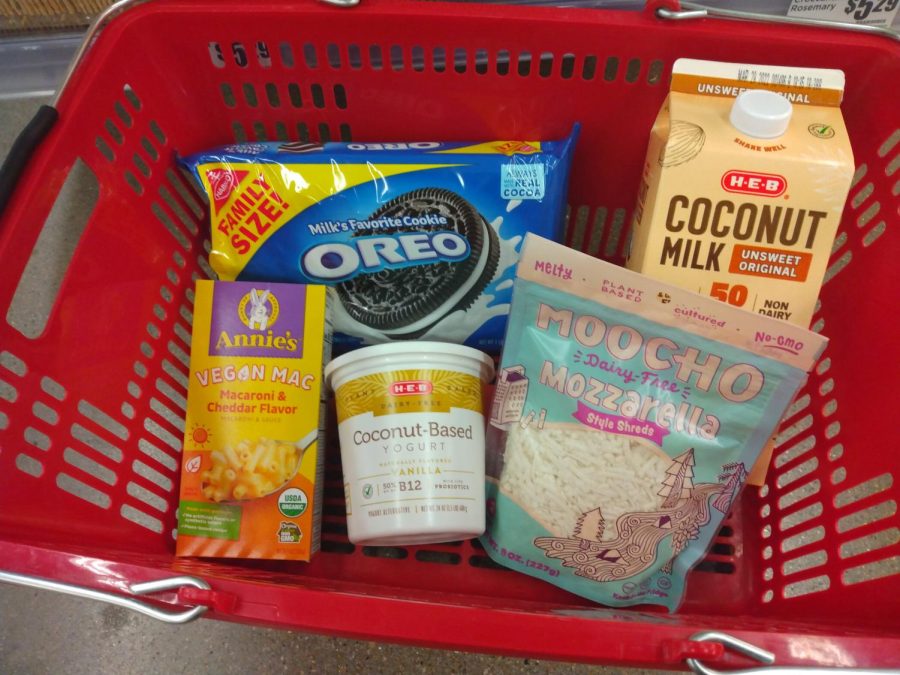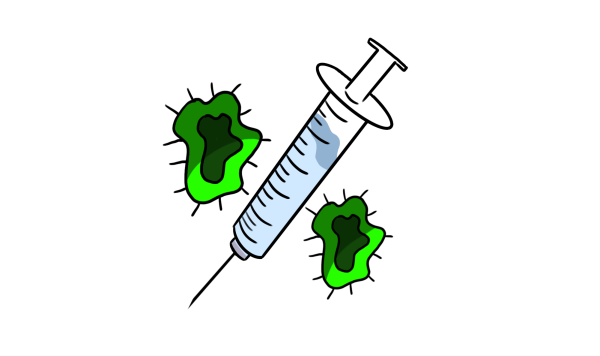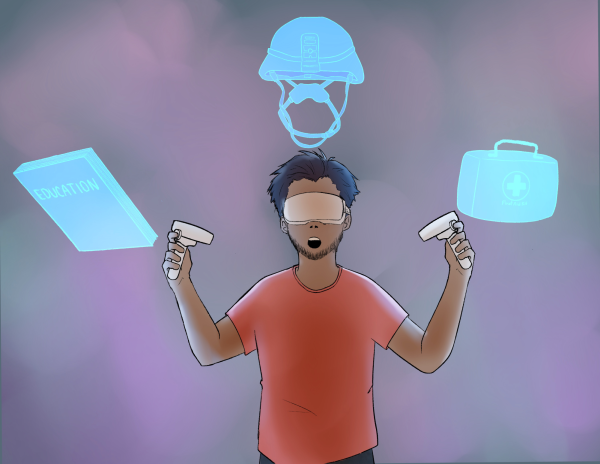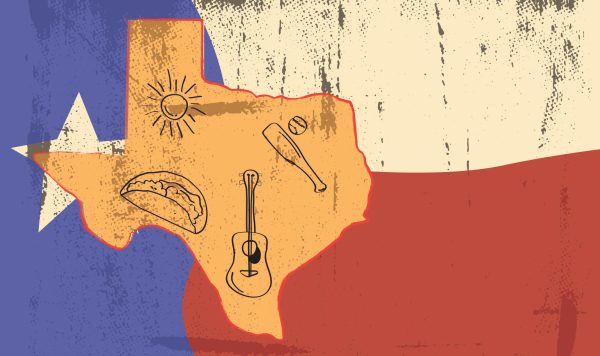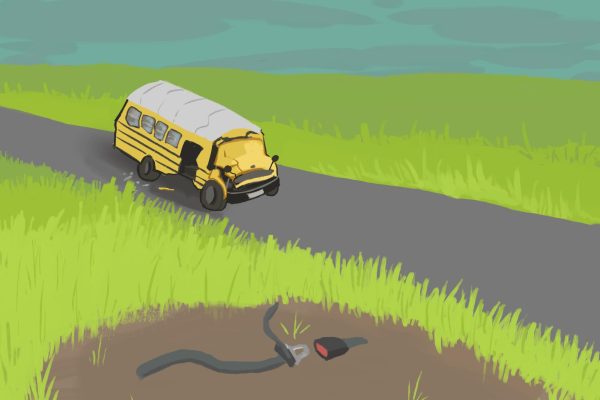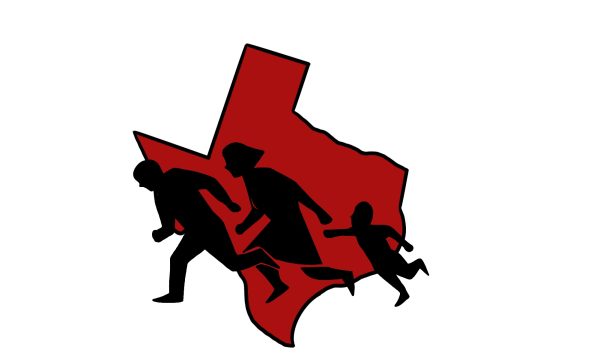Being lactose intolerant leads to many challenges, here is what I learned after going dairy-free
It is estimated that 30 million American adults develop lactose intolerance by the time they’re 20. Going dairy-free leads to numerous challenges.
Most people have avoided problems until they were too big to ignore, myself included. My problem did not throw me into massive amounts of debt or require an intervention from friends, but it was still difficult to face. In part, it was because I did not want to give up something I loved. I also knew that dealing with the problem would create new challenges in my daily routine.
Eventually, it became undeniable: I was lactose intolerant, and the only way I could avoid the worst symptoms was to completely cut dairy out of my diet.
It is estimated that 30 million American adults develop lactose intolerance by the time they’re 20. Most lactose intolerance is caused by a decreased production of lactase, an enzyme that breaks down the sugar in milk, after childhood. Sometimes lactose intolerance occurs after an illness or surgery of the small intestines.
Marilyn Vasquez, a junior at St. Edward’s University, has been eating dairy-free for about three years.
“When I was a senior in high school, that’s when I really started cutting dairy,” Vasquez said.
For many, lactose intolerance can be managed by reducing dairy consumption. Others may be able to enjoy dairy after taking a lactase enzyme when they eat dairy to aid in digestion.
I tried both, but even eating a small amount of dairy while taking a “dairy pill” only delayed the inevitable reaction. So, around September last year, I decided to completely cut dairy from my diet.
Below are three of the challenges Vasquez and I have faced since we started eating a dairy-free diet:
There is dairy in more products than you would think.
Did you know that Funyuns, Maruchan’s Ramen Noodle Soup, Rice Krispies Treats and even some medications all contain lactose? If you go down the snack food aisle at your grocery store and read the label, you will most likely see the words “Contains: Milk.” This is because milk is one of the eight major food allergens the Food and Drug Administration requires companies to clearly label on their packaging. While it does take me a few extra seconds, I would rather read the labels in the grocery store than buy something I can’t eat.
It is a privilege to be able to eat dairy-free alternatives.
Vegan milks, cheeses and yogurts are more expensive per ounce than their dairy counterparts. In the United States, dairy farmers are subsidized by the Department of Agriculture, which allows dairy to be sold at a lower price than unsubsidized products. Additionally, dairy-free alternatives just aren’t as popular. However, as more people look for ways to minimize their personal environmental impact, vegan products have risen in popularity.
“There’s a lot of alternatives now,” Vasquez said. “More people are eating vegan because of climate change.”
Choosing a restaurant just got harder.
My friends and I love to go out to eat whenever we spend time together. Since going dairy-free, eating out has become more stressful. Food allergen information is difficult to find online and isn’t always up-to-date. Sometimes the waitstaff doesn’t know the ingredients of their menu items.
“It takes a lot of self-control to not give in and eat what everyone else is eating,” Vasquez said. “It’s hard seeing everyone eating queso (for example) and not being able to, because restaurants don’t really have alternatives. After a while, you get used to it.”
Even if you tell the restaurant about your dietary restrictions, there is a chance you will still receive food you cannot eat.
“Sometimes it feels like a burden,” Vasquez said. “Like if you go to a friend’s house to eat and they’re cooking food, you don’t want to say, ‘Hey, I can’t eat dairy,’ but then you end up not eating because you can’t eat what they made you.”
The takeaway
Removing dairy from your diet isn’t recommended for everyone, especially if you have a condition that impacts calcium absorption. However, if you have decided to decrease the amount of dairy you eat (or the amount of animal products you eat in general), you are now aware of some of the challenges you may face.
When asked to give advice to others who are going dairy-free, Vasquez said to “just stick with it,” especially in the beginning.
If you’re reading this article because you know someone who is dairy-free, I hope this has helped you think of ways to support their decision and accommodate them when possible.
Disclaimer: This article is not intended to provide medical advice or opinion. Consult your doctor if you have questions related to your health.


